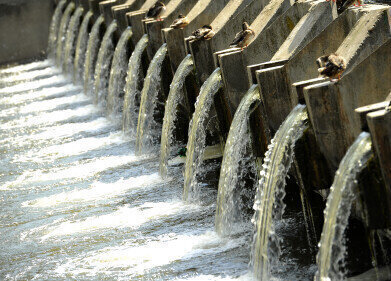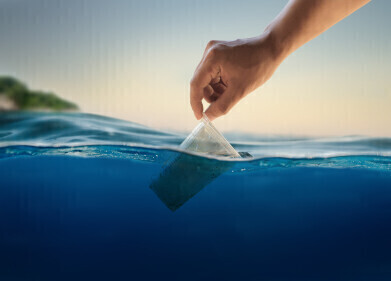Drinking Water
How Is Drinking Water Treated?
Jan 10 2019
Water: most of us consume (or are supposed to consume) at least two litres of the stuff on a daily basis, but very few stop to consider where our H2O started its life and how it arrived in our homes. The truth is that treating water to make it potable is a complicated and sometimes expensive process, but one which is vital to our very survival.
The basics of treating drinking water
While the specific methods of a drinking water treatment plant may and often do differ, all of them follow a similar overall outline consisting of a series of different stages. These can be broken down into the following:
- Coagulants. Firstly, chemicals called coagulants are added to the water to help sediments clump together.
- Flocculation. Next, the water is shaken or spun to create eddies inside it, which encourages the formation of those clumps.
- Separation. The water is then poured into a sizable tank to allow the clumped sediments to separate and fall to the bottom, while smaller contaminants remain above.
- Filtration. The liquid is now passed through a membrane, which effectively filters out all of those smaller particles.
- Disinfection. Finally, the water is treated via the addition of chemicals or exposure to ultraviolet radiation, which eliminates any damaging bacteria or viruses that may be present.
After all of these steps have been taken, the water is now ready to drink and can be distributed to homes, businesses and other places all over the country.
The usual suspects
So now you have a basic understanding of how water treatment works, but what are the exact contaminants which plant operators seek to remove? There are a number of different offenders, but the main ones are listed below:
- Microbes. If the disinfection stage is bypassed, harmful microbes in the water can lead to the development of all kinds of bacteria and viruses, which can be damaging and even deadly for human health.
- Microplastics. Microplastic pollution is an ever-worsening problem which affects us all, as it has been found that tiny particles of plastic can infiltrate food, beer and even drinking water.
- Industrial chemicals. There are a number of different chemicals which can be difficult to track and remove during the treatment process, but the chief culprits are per- and polyfluoroalkyl substances, better known as PFASs.
- Lead. Corrosion can cause lead to leach from pipework into the water itself, so must be filtered out at the plant.
- Iron. While iron can be beneficial to human health in the appropriate ratios, sensitive determination of iron levels in drinking water is imperative to keep us safe.
- Nitrates. Carried by agricultural run-off and home fertiliser that finds its way into reservoirs, nitrates can inhibit red blood cells as they attempt to carry oxygen through the body.
- Arsenic. A naturally-occurring chemical, arsenic can be deadly in high concentrations and can infiltrate drinking water through mining or agricultural activities.
Digital Edition
AET 28.4 Oct/Nov 2024
November 2024
Gas Detection - Go from lagging to leading: why investment in gas detection makes sense Air Monitoring - Swirl and vortex meters will aid green hydrogen production - Beyond the Stack: Emi...
View all digital editions
Events
Jan 12 2025 Abu Dhabi, UAE
Jan 14 2025 Abu Dhabi, UAE
Jan 20 2025 San Diego, CA, USA
Carrefour des Gestions Locales de L'eau
Jan 22 2025 Rennes, France
Safety, Health & Wellbeing LIVE
Jan 22 2025 Manchester, UK



















